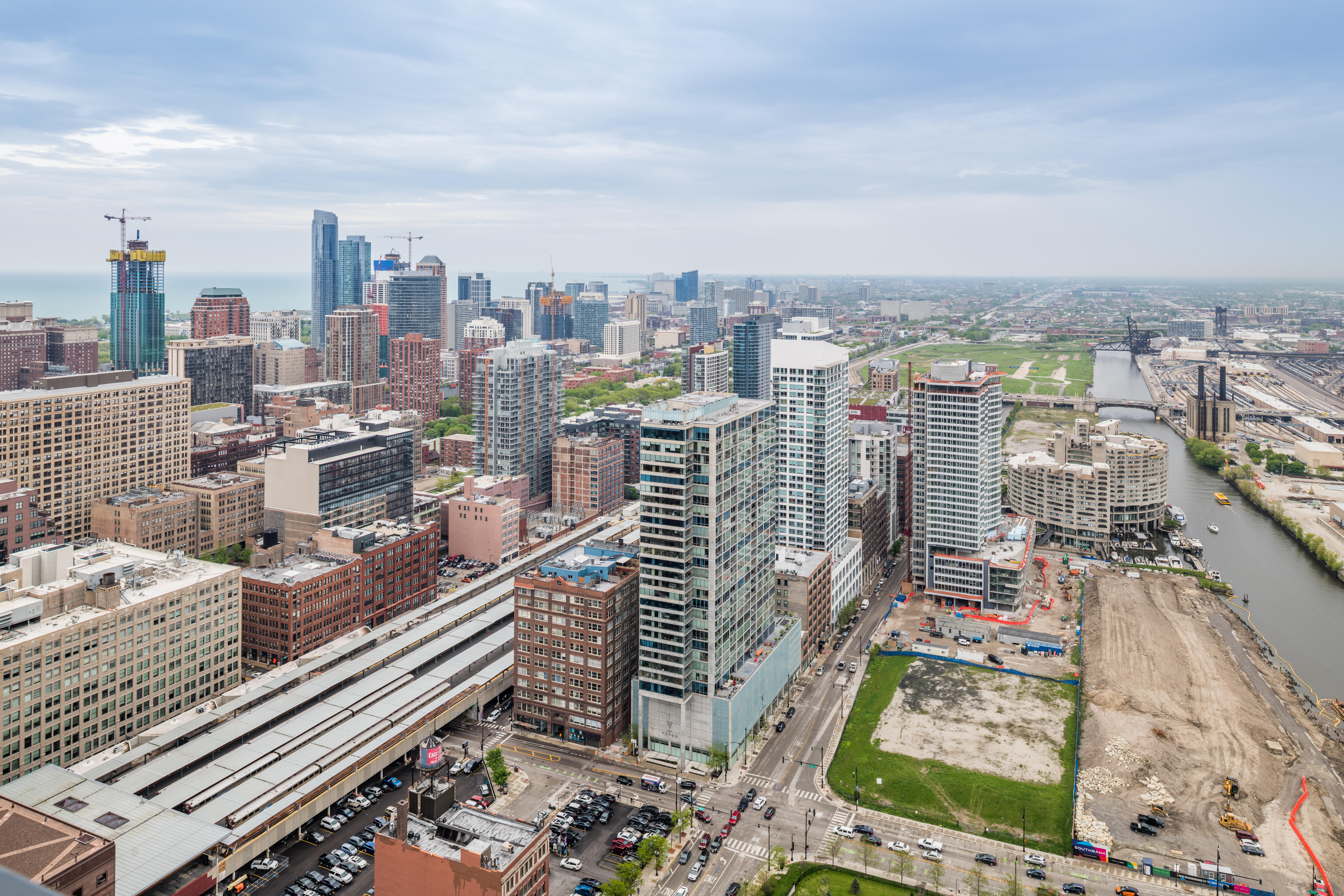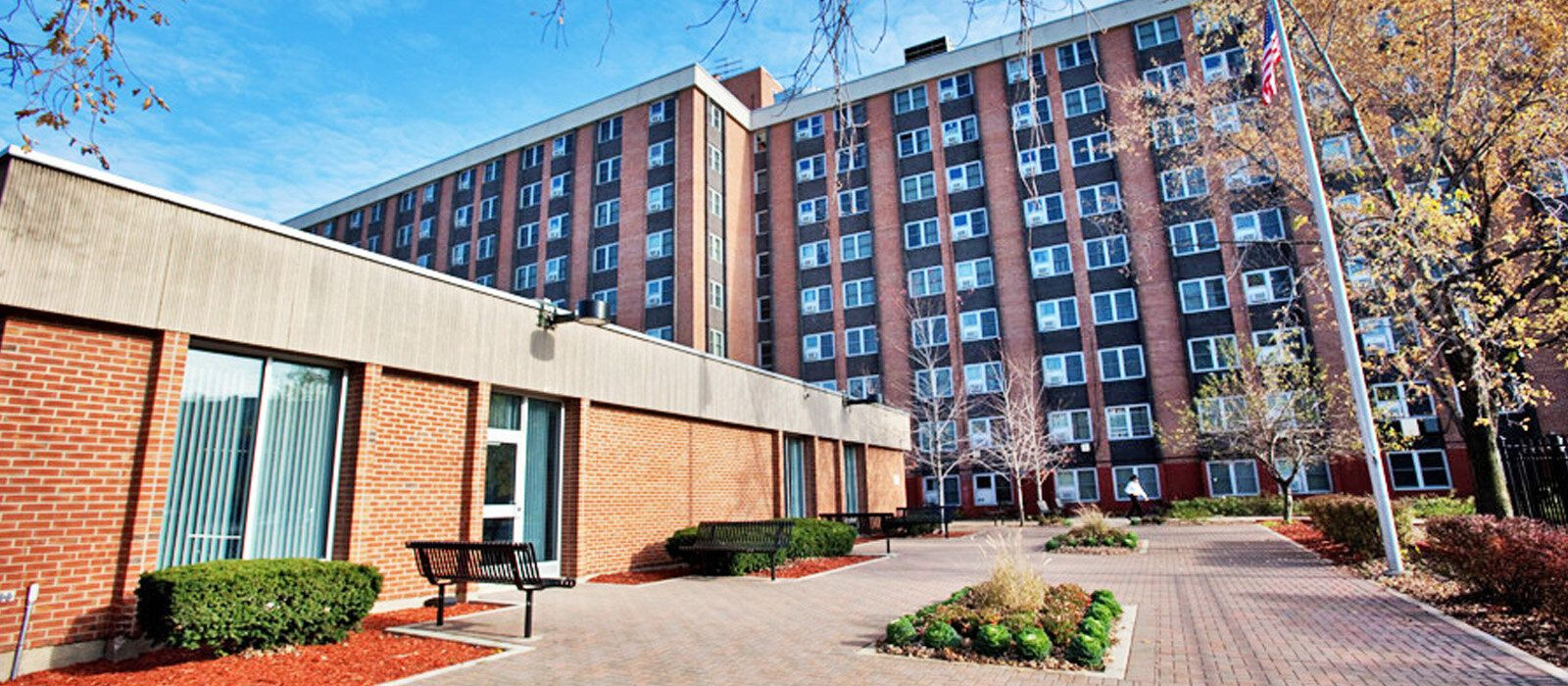
Public/Private Housing
Public/Private Housing
We work directly with consultants, planners, architects, and engineers to make sure our residential clients get the very best results that meet consumer demand and result in lasting, quality places to live.
We support our clients with technical expertise and functions while assembling the right team for design and construction. We’re experts in validating the design and budget forecasting. We help our developer and public housing agency clients get the most out of their investment dollars while ensuring projects stay on track to welcome residents on day one. Over the course of this work, CCS keeps stakeholders, including public agencies, informed to demonstrate both ongoing and long-term value.
Highlights
-
190+ public housing projects with an estimated value of $3 billion
-
75+ projects for the Chicago Housing Authority
-
15+ single-family home projects with an estimated value of $32.6 million
-
140+ multifamily housing projects with an estimated value of $9 billion
-
125 senior environments with an estimated value of $1.7 billion
Our process
CCS is committed to staying current on all the developments and dialogues that are affecting the housing sector. This is critical so that we raise any issues that may affect a project’s design or cost in a timely manner so that both the Owner & Architect/Engineering teams are able to effectively respond.
Public/Private Housing sector background & challenges




-
The ballooning cost of housing had already led to an exodus from many Americans cities. Many city-dwelling professionals relocated to smaller cities, regional hubs and suburbs to get more space for their money. And yet, many younger professionals still choose big cities for the lifestyle and culture. City planners, developers and architects continue to look for creative solutions to meet market demand for affordable and equitable housing. Even the smaller cities and suburbs are poised to experience the growing pains of congestion, shortages of space and rising prices. In response, planners and developers are eyeing shuttered retail and mall space for repurposing or replacement. In addition, low-vacancy downtown office buildings are becoming ideal candidates for residential conversion.
-
In the 1960s, the United States Department of Housing and Urban Development funded thirteen model city projects under the Urban Growth and New Community Development Act. Today, we are witnessing a similar push towards public housing and mixed-use projects that combine market rate and subsidized units with all the desirable features city dwellers love, replacing aging mid-century housing projects. The master plans call for connecting these projects with on-site social services and co-locating small businesses to generate revenues and employment.
-
Planners and developers are looking at TOD (transit-oriented development) to leverage available units in new buildings near public transit, while easing parking requirements. In the most expensive cities, developers are looking to micro-housing with smaller units and more shared amenities to meet demand. The sprawling cities of the West with costly single family homes may welcome innovations in “missing middle” housing (townhouses, accessory dwelling units, etc.) and prefabrication. Modular design and construction techniques offer potential for affordability without losing quality and seem certain to go mainstream. Studies suggest the U.S. will need to build millions more housing units over the next decade to meet the demand for home ownership, a key facet of the American dream.
-
Technology is changing what residents expect in their homes. Demand is surging for home offices, home gyms, space for telehealth consultation, as well as more access to outdoor space, while voice-activated home security and other smart home features are becoming standard. The smart tech will blend with in-demand sustainable features (efficient HVAC, passive heating and cooling, renewable materials) in homes that favor natural light and ventilation.
Wired tech will also allow for more seniors to age in the places they live, accessing care through telehealth and remote health data monitoring. Retiring baby boomers will enliven niches for both multifamily living and the senior living market. The active adult market is growing and will look to blend social, lifestyle amenities and privacy with affordability and a continuum for aging. As a result of lessons learned, skilled nursing facilities will be upgraded with more outdoor access for residents and the ability to isolate certain residents from others comfortably.
The ballooning cost of housing had already led to an exodus from many Americans cities. Many city-dwelling professionals relocated to smaller cities, regional hubs and suburbs to get more space for their money. And yet, many younger professionals still choose big cities for the lifestyle and culture. City planners, developers and architects continue to look for creative solutions to meet market demand for affordable and equitable housing. Even the smaller cities and suburbs are poised to experience the growing pains of congestion, shortages of space and rising prices. In response, planners and developers are eyeing shuttered retail and mall space for repurposing or replacement. In addition, low-vacancy downtown office buildings are becoming ideal candidates for residential conversion.
In the 1960s, the United States Department of Housing and Urban Development funded thirteen model city projects under the Urban Growth and New Community Development Act. Today, we are witnessing a similar push towards public housing and mixed-use projects that combine market rate and subsidized units with all the desirable features city dwellers love, replacing aging mid-century housing projects. The master plans call for connecting these projects with on-site social services and co-locating small businesses to generate revenues and employment.
Planners and developers are looking at TOD (transit-oriented development) to leverage available units in new buildings near public transit, while easing parking requirements. In the most expensive cities, developers are looking to micro-housing with smaller units and more shared amenities to meet demand. The sprawling cities of the West with costly single family homes may welcome innovations in “missing middle” housing (townhouses, accessory dwelling units, etc.) and prefabrication. Modular design and construction techniques offer potential for affordability without losing quality and seem certain to go mainstream. Studies suggest the U.S. will need to build millions more housing units over the next decade to meet the demand for home ownership, a key facet of the American dream.
Technology is changing what residents expect in their homes. Demand is surging for home offices, home gyms, space for telehealth consultation, as well as more access to outdoor space, while voice-activated home security and other smart home features are becoming standard. The smart tech will blend with in-demand sustainable features (efficient HVAC, passive heating and cooling, renewable materials) in homes that favor natural light and ventilation.
Wired tech will also allow for more seniors to age in the places they live, accessing care through telehealth and remote health data monitoring. Retiring baby boomers will enliven niches for both multifamily living and the senior living market. The active adult market is growing and will look to blend social, lifestyle amenities and privacy with affordability and a continuum for aging. As a result of lessons learned, skilled nursing facilities will be upgraded with more outdoor access for residents and the ability to isolate certain residents from others comfortably.


